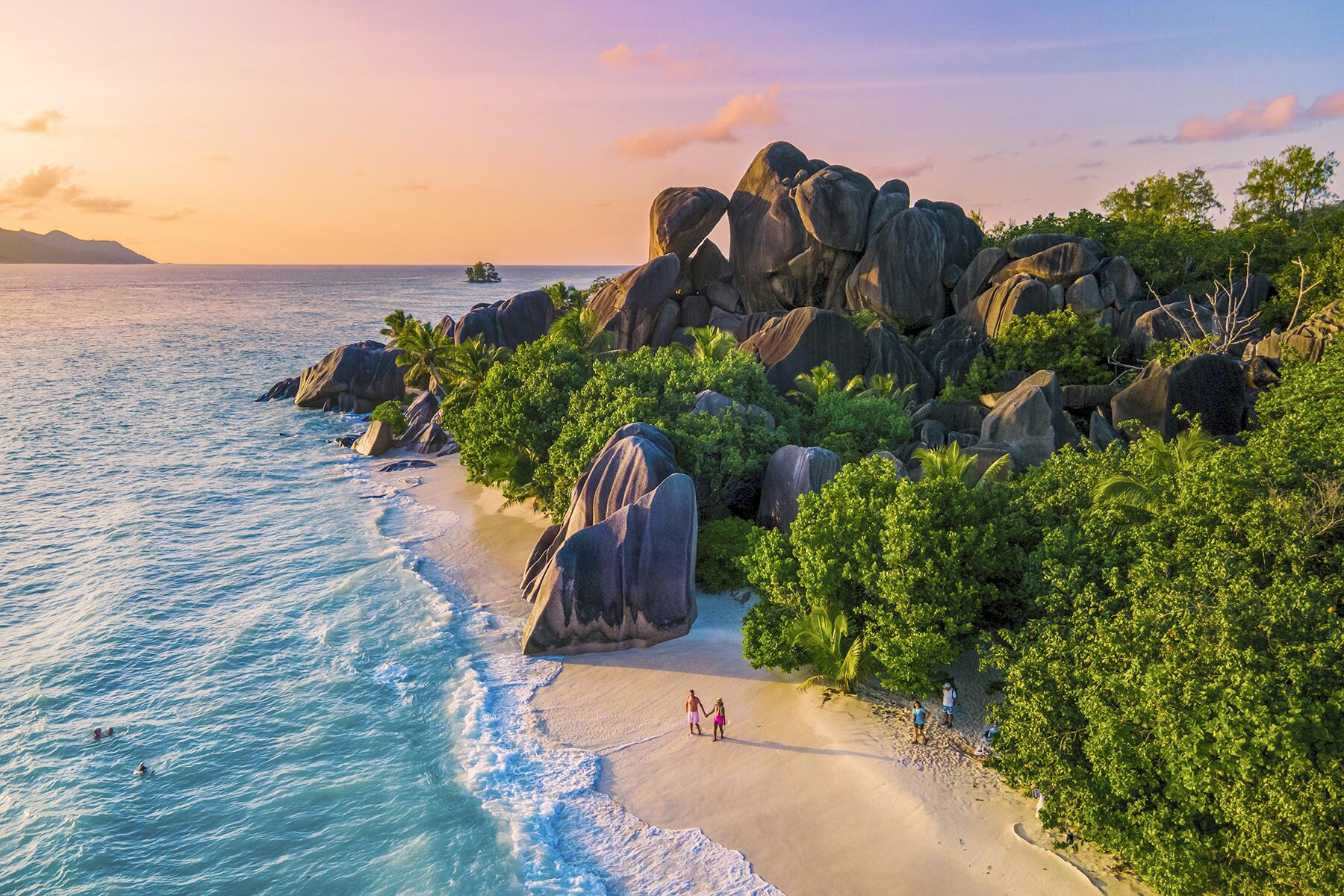Does your next vacation come with the risk of being kidnapped?
On April 9, the U.S. State Department announced that it’s added kidnapping to the risk indicators on its travel advisories.
Countries where U.S. citizens face the potential risk of being kidnapped or taken hostage will now be marked with a “K” on their respective travel advisory page, alongside previous indicators like crime, terrorism, and natural disasters.
If the worst happens and you are kidnapped, not to be overly defiant or aggressive toward your captors.
The new indicator has been applied to the 35 following countries: Afghanistan, Algeria, Angola, Bangladesh, Burkina Faso, Cameroon, Central African Republic, Colombia, Democratic Republic of the Congo, Ethiopia, Haiti, Iran, Iraq, Kenya, Lebanon, Libya, Malaysia, Mali, Mexico, Niger, Nigeria, Pakistan, Papua New Guinea, Philippines, Russian Federation, Somalia, South Sudan, Sudan, Syria, Trinidad and Tobago, Turkey, Uganda, Ukraine (in Russian-controlled eastern Ukraine), Venezuela, and Yemen.
This update comes on the heels of an American tourist and her guide being kidnapped and held for ransom while visiting Queen Elizabeth National Park in Uganda. The two were held for nearly 5 days before being rescued by Ugandan security forces.
Your Destination Has a Kidnapping Advisory—Now What?
Of the countries on the above list, 14 of them are already at the travel advisory Level 4: Do Not Travel and aren’t recommended for even the most adventurous of travelers. But there are a handful of countries that are perennial favorites among American tourists (including Trinidad and Tobago, which is on the Fodor’s Go List for 2019). If you’re planning to visit a popular destination listed above, that doesn’t automatically mean you should cancel your plans.
Recommended Fodor’s Video
First, visit the travel advisory page and start with the overall advisory rating. (Level 4: Do Not Travel, Level 3: Reconsider
If you’re planning to visit a popular destination listed above, that doesn’t automatically mean you should cancel your plans.
Travel, Level 2: Exercise Increased Caution, and Level 1: Exercise Normal Precautions) Then look to see what part of the country certain indicators apply to. For example, if you’re planning on going to Mexico, the kidnapping advisory notes that it specifically pertains to the state of Tamaulipas. Avoid that region and you won’t run the same risk.
Another general safety measure travelers from the U.S. can take is enrolling in the STEP (Smart Traveler Enrollment Program). The program (which is free for U.S. citizens) sends you safety updates and makes it so the local embassy can contact you in case of an emergency.
To help you avoid emergency situations altogether, the Overseas Security Advisory Council has a number of tips to lower your chance of being a target, including keeping a low profile, letting someone know where you’ll be at all times, and avoiding driving alone in rural areas known to have a risk of kidnapping after dark. OSAC also recommends that if the worst happens and you are kidnapped, not to be overly defiant or aggressive toward your captors. Survival instructor Bear Grylls notes that not only does this have the potential for captors to lower their guard and allow for weakness in their own security but that this will also help humanize you.



